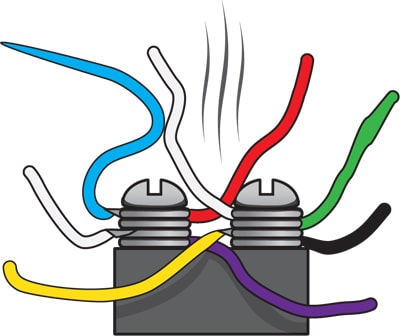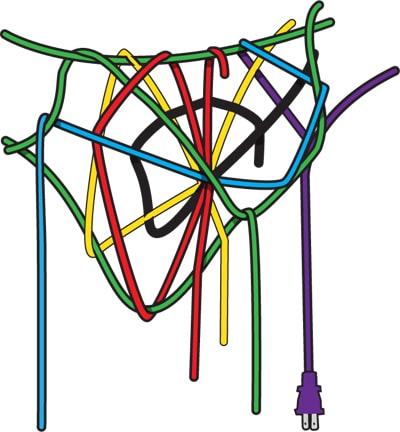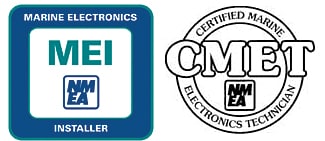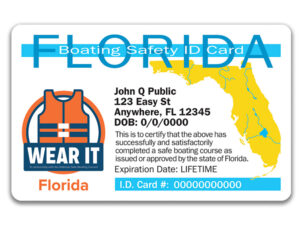A poor installation can translate into not being heard over the radio, a buoy or rock not being visible on your radar screen, navigational inaccuracy, or fish not detected by the finder. Unfortunately, poor installations are commonplace, and even happen on dealer- and factory-equipped boats.
Protect yourself, your family and your investment from a bad installation by asking these questions and looking for these problems.

Octopi
Multiple tentaclelike wire terminations forced onto a single connection point.

Spider
Weblike, dangling, suspended and unsecured wires and cables.

Rat
Haphazard, unorganized, sloppy wiring that tends to resemble a rat’s nest.

Snake
Unbundled wiring lying loose on the deck or at the bottom of the bilge.

Whom to Trust
The most qualified technicians are certified by the National Marine Electronics Association (NMEA). They follow strict NMEA installation standards and guidelines that parallel the American Boat and Yacht Council (ABYC) and U.S. Coast Guard electrical wiring standards for safety and equipment performance.
What to Ask
Is the installer a trained professional or the boat seller’s yard boy who also installed the batteries, painted the bottom and washed down the boat?
Does the installation include setup, adjustment and calibration of the equipment?
Was the autopilot and navigation gear sea-trialed and adjusted under way?
Were the electronics properly interfaced to share information?
Will you receive training on how to use your new electronics?
Quick Tip: Check the electronics manufacturer’s warranty. IT may be limited to mail-in factory service if a factory-authorized installation technician doesn’t perform or certify the installation.









